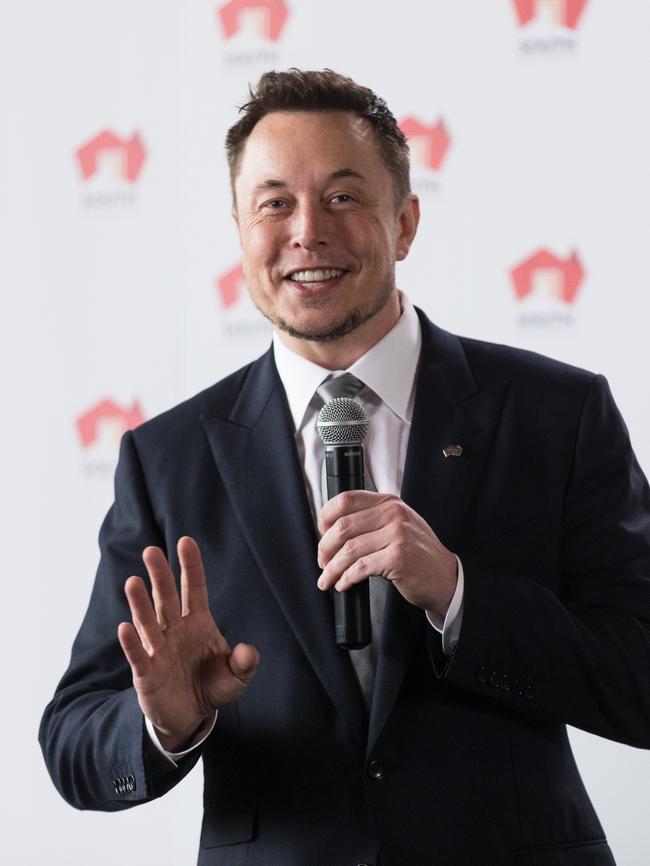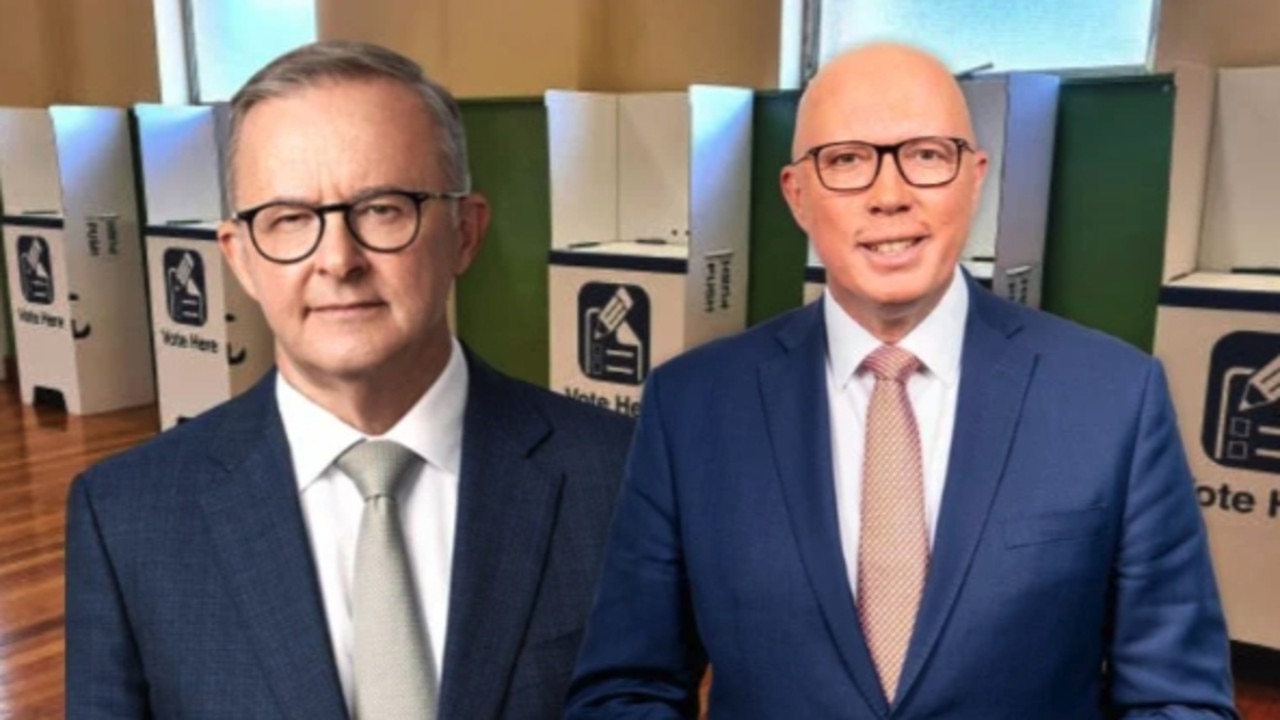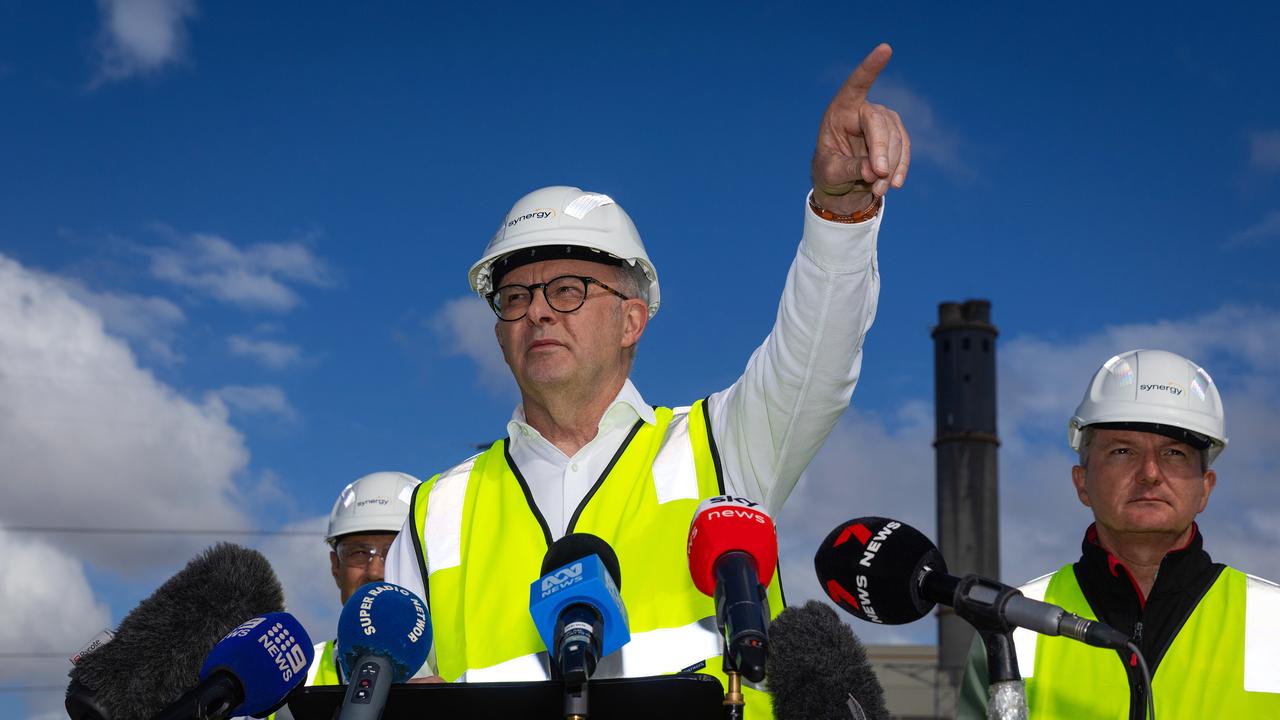Batteries to boom as nation plugs in to grid-scale storage
Initial scepticism has given way to rapid expansion and the amount of grid-scale battery storage in Australia is expected to more than quadruple over the next five years.

The amount of grid-scale battery storage in Australia is expected to more than quadruple over the next five years – a far cry from 2017, when the Elon Musk-backed big battery in South Australia was considered controversial.
By 2027 Queensland is expected to overtake Victoria as the state with the most storage capacity at 1.8 gigawatts, the Clean Energy Council estimates, while Edify Energy recently signed off on what it says will be the largest grid-forming battery in the nation, in the Riverina region in NSW.
The nation’s first grid-scale storage battery came into being in somewhat dramatic fashion, after SA’s statewide blackout in September 2016 during an extreme weather event. In the wake of that catastrophe – as the state grappled with how to build more resilience into the system – Atlassian billionaire Mike Cannon-Brookes challenged Tesla boss Elon Musk to build what was then the largest grid-scale battery in the world in under 100 days. Mr Musk responded that it would be built in 100 days or it would be free, with the battery, owned by French company Neoen, eventually switched on in November 2017.

Since that time, grid-scale batteries have become more common, with the CEC saying there are currently 15 projects capable of providing 800MW across the nation. The largest is Neoen’s 300MW battery in Victoria, which contributes to that state currently leading the nation with 376MW of capacity. “Over the next five years it is expected an additional 18 projects will be introduced that are currently either under construction, reached financial close or have development approval,’’ the CEC says. “This is expected to bring an additional 3.6GW (a 351.63 per cent increase) of power to the market.’’
And out to 2050, according to the Australian Energy Market Operator’s Integrated System Plan released this week, that figure will grow rapidly, with 47GW of new battery and hydro storage envisaged by that point.
While batteries naturally can store energy for use at a later point – a key role in providing dispatchable power from renewable energy sources such as solar and wind – they also play a key role in grid stability in a number of ways, including providing “frequency control ancillary services”.


In simple terms, the power system operates at a particular frequency, which can be disrupted if, for example, a generator drops out. Batteries can then be called on to provide support to the grid.
Edify Energy’s $200m, 150MW Riverina project, which the company signed off on last month, and which is backed by offtake agreements with Shell and EnergyAustralia, is a facility which provides this sort of grid-strengthening capability, as well as dispatchable power.
The company’s chief executive John Cole said the new batteries, such as Riverina, incorporated advanced power electronics, which enabled them to provide sophisticated grid support services.
Mr Cole said a lack of overarching policy in the past had caused a drop in investment, but the change in focus of the new government, and the reality of recent shocks to the power system, meant that there was renewed interest in investing in the sector. “Since probably the back end of last year we’ve seen conventional plant misfire and be down for maintenance … and a realisation that it may not be as reliable as previously thought,’’ he said.
“And that’s now the price signal from the market, and AEMO has had to intervene, it’s basically saying actually we need a mountain-load more generation.’’
And while the original big battery in SA was mocked by some at the time, owner Neoen went on to expand its capacity by 50 per cent, and says it has saved more than $150m since being turned on.
Charging ahead
• To date there are 15 large-scale battery projects (minimum 5MW capacity) generating more than 800MW across Australia
• The largest currently in operation is Neoen’s Victoria Big Battery at 300MW
• As a result Victoria is the leading state in the NEM for capacity at 376MW, followed by South Australia and Queensland.
• Over the next five years it is expected an additional 18 projects will be switched on, bringing an extra 3.6GW (a 351 per cent increase) of power to the market
• By 2027, Queensland is expected to overtake Victoria as the state with the most storage capacity at 1.8GW in total. This will represent nearly a 15-fold increase in capacity for the state
(Data provided by the Clean Energy Council)




To join the conversation, please log in. Don't have an account? Register
Join the conversation, you are commenting as Logout